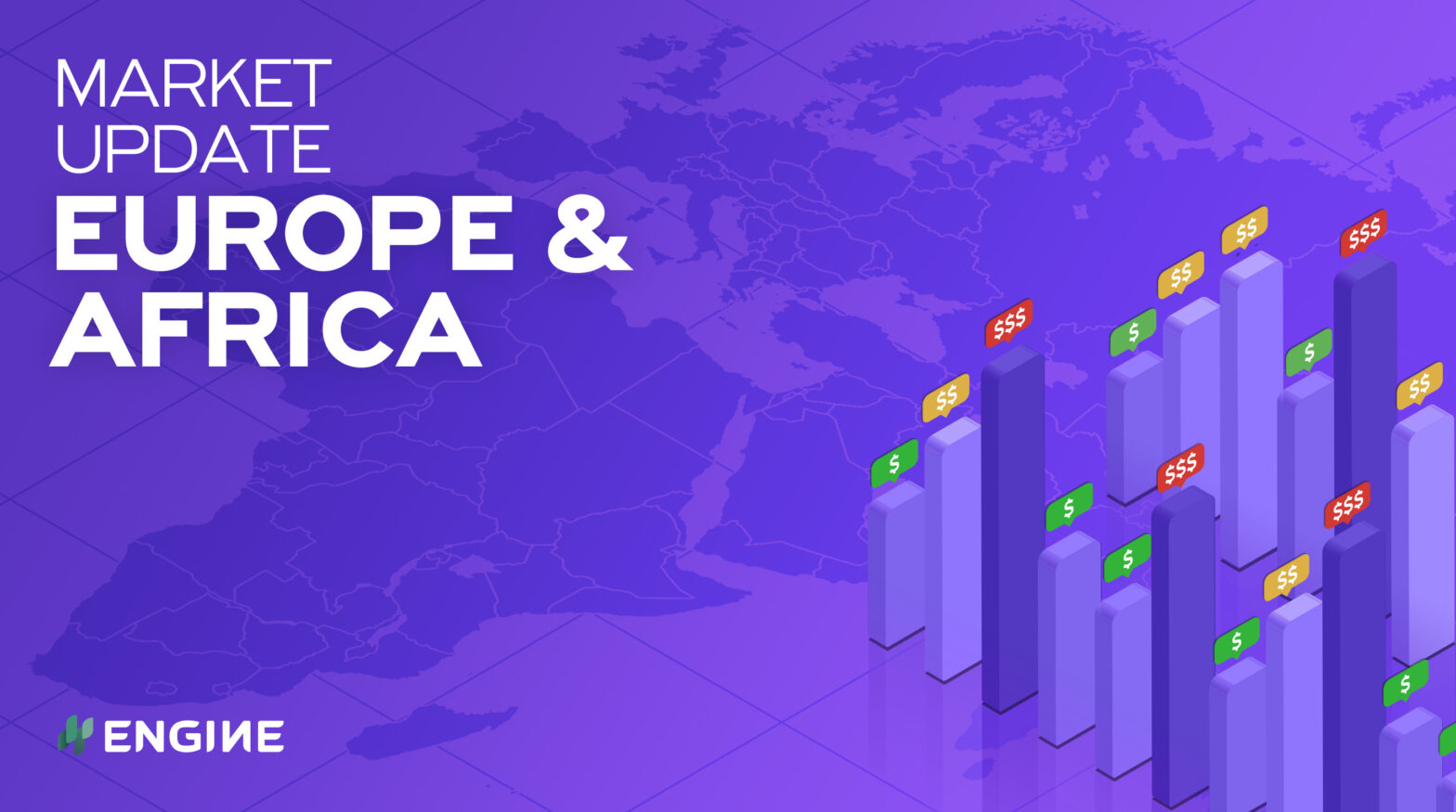Bunker prices extend their gains as Brent reaches above $76/bbl for the first time in two months, and Gibraltar Strait bunkering has been delayed by rough weather.
Changes on the day to 08.00 GMT today:
- VLSFO prices up in Durban ($9/mt), Gibraltar ($7/mt) and Rotterdam ($6/mt)
- LSMGO prices up in Durban ($10/mt), Gibraltar ($5/mt) and Rotterdam ($4/mt)
- HSFO prices up in Gibraltar ($5/mt) and Rotterdam ($2/mt)
Gibraltar’s bunker suppliers have almost caught up with backlogs this morning, a day after deliveries outside the port’s outer limits and some deliveries in the bay were halted by swell. Two vessels are waiting – one to debunker, the other for a barge to become ready, port agent MH Bland says.
A supplier is delayed by about half a day across Gibraltar and Algeciras. Winds, swell and thick fog still complicated bunkering this morning.
Anchorage bunkering remains suspended by winds and swell in Ceuta, while ex-pipe supply is possible.
A supplier in Las Palmas is running a day behind schedule. Moderate to strong swell has complicated some deliveries there this week, sources say. Calmer seas and better bunkering conditions are forecast from this afternoon, and to last until Tuesday.
Bunker disruptions are expected off Skaw until Sunday. Gale-strength wind has been battering the Danish bunker location.
Skaw and Gothenburg’s VLSFO prices continue to be competitive with Rotterdam, keeping within $1-2/mt on either side of the price in Europe’s biggest bunkering port.
A lower-priced stem of more than 1,500 mt has weighed on Hamburg’s VLSFO price and brought it down to parity with Rotterdam, Skaw and Gothenburg’s levels.
Brent
Front-month ICE Brent has come up by $1.17/bbl in the past day, to $76.28/bbl at 08.00 GMT.
Another big crude stock draw in the US has boosted Brent. Energy Information Administration (EIA) data showed a 3.48 million-bbl draw yesterday, and was preceded by American Petroleum Institute (API) figures showing a 6.11 million-bbl draw.
US crude inventories are at their lowest in three years, largely as a result of Hurricane Ida disrupting offshore crude production in the Gulf of Mexico. Recovering refineries along the Gulf Coast have also been pulling more crude as they have ramped up run rates to meet robust demand.
The drawdown of US stocks had actually started before Ida struck three weeks ago. Shut in production from the hurricane accelerated the draw.
Oil could see increasing demand if utilities switch away from gas during the colder winter months. Widespread natural gas shortages have sent prices spiralling in Europe and Asia.
Iraq’s oil minister has said the OPEC+ group, which Iraq is a member of, intends to keep the price of crude oil around $70/bbl, Reuters reports. The group made historic supply cuts of around 10 million b/d when Covid-19 crushed demand last year, and has gradually eased the cuts in tandem with recovering global demand.
